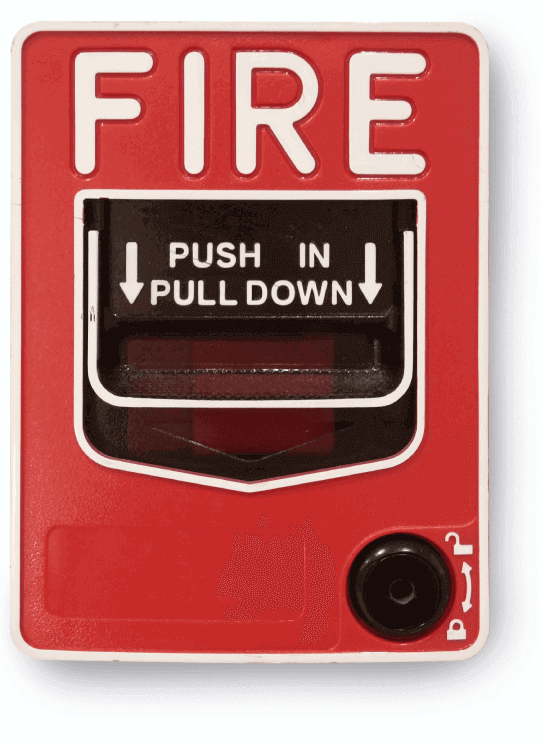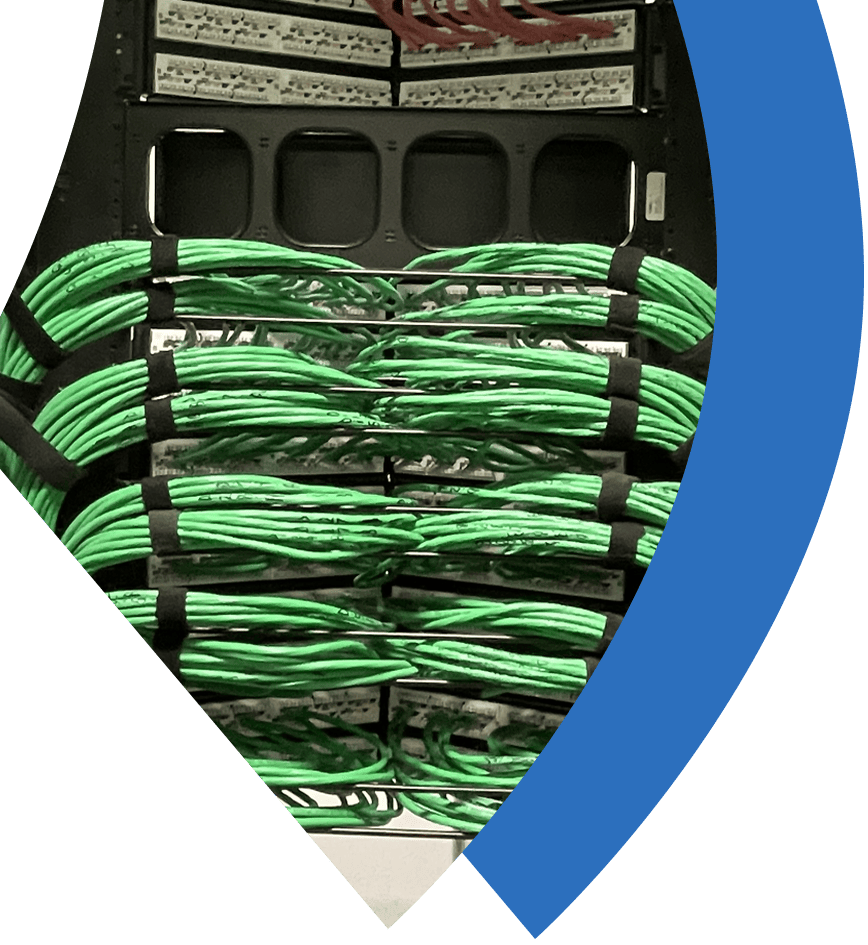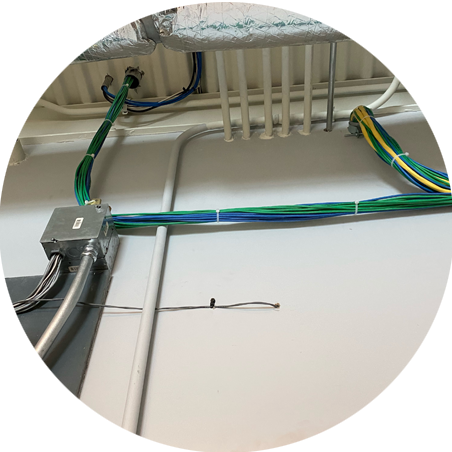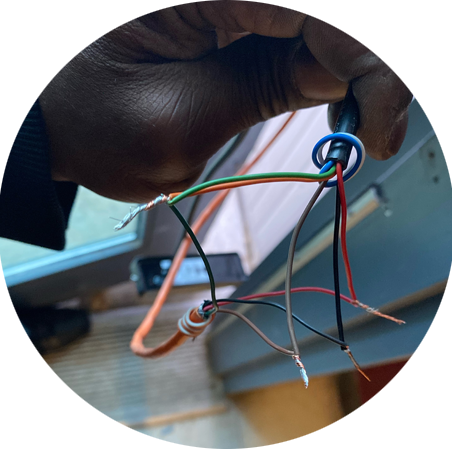The 6 sub-systems of structured cabling solutions are Entrance Facilities, Equipment Room, Backbone cabling, Telecommunications Room or Telecommunications enclosure, Horizontal Cabling, and work area.
First, the structured cabling system standards we go by:
Based on ANSI/TIA-568-C.0 (Generic Telecommunications Cabling), which is used for generic infrastructures, and ANSI/TIA-568-C.1 (Commercial Building Telecommunications Cabling Standard) there are 6 structured cabling subsystems.
1. Entrance Facilities (EF)
These are located in the MDF or main distribution frame or in their own small area dedicated to this specifically. Entrance facilities are where the protection devices, and connections to the internet access provider reside. This is where the building connects to the outside world.
2. Equipment Room (ER)
These are climate-controlled spaces often located in an MDF or main distribution frame where horizontal cabling meets the backbone. Other telecommunications rooms or enclosures (IDFs or Intermediate distribution frame) will all connect back to the MDF via backbone wiring.
3. Backbone Cabling
Fiber-Optic, coaxial, or twisted pair backbone cabling connects telecom rooms and Entrance facilities / Access Provider areas.
4. Telecommunications Room (TR) and Telecommunications Enclosure (TE)
This houses the horizontal and backbone cables that connect hardware endpoints. This includes patch cords, patch panels and is commonly located in MDFs or IDFs. A telecommunications enclosure is generally a small wall-mounted network rack housing a small amount of equipment where a full room is not warranted.
5. Horizontal Cabling – (Cabling Subsystem 1)
This system runs from the work area's network endpoints to the telecom room or enclosure. It includes all wiring, terminations, jumpers, and patch cords. The horizontal structured cabling system connects to your network switches.
6. Work Area
A work area is where the horizontal cabling endpoints are located. For example, your computer connects to the work area's telecommunications outlet. This outlet is the endpoint of the horizontal cabling subsystem.
The best practice is to include 2 telecom outlets per work area.












